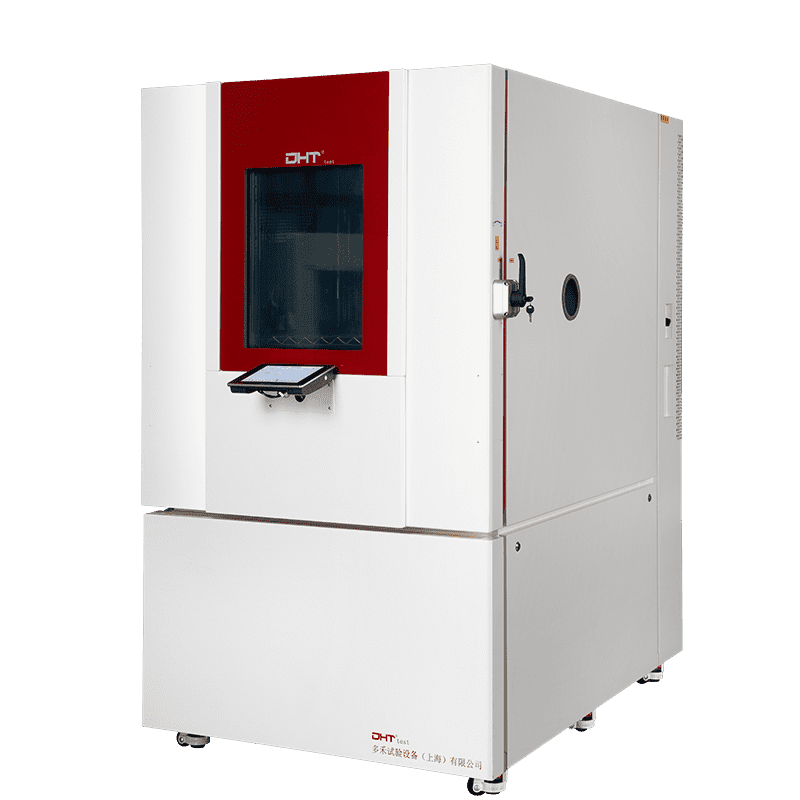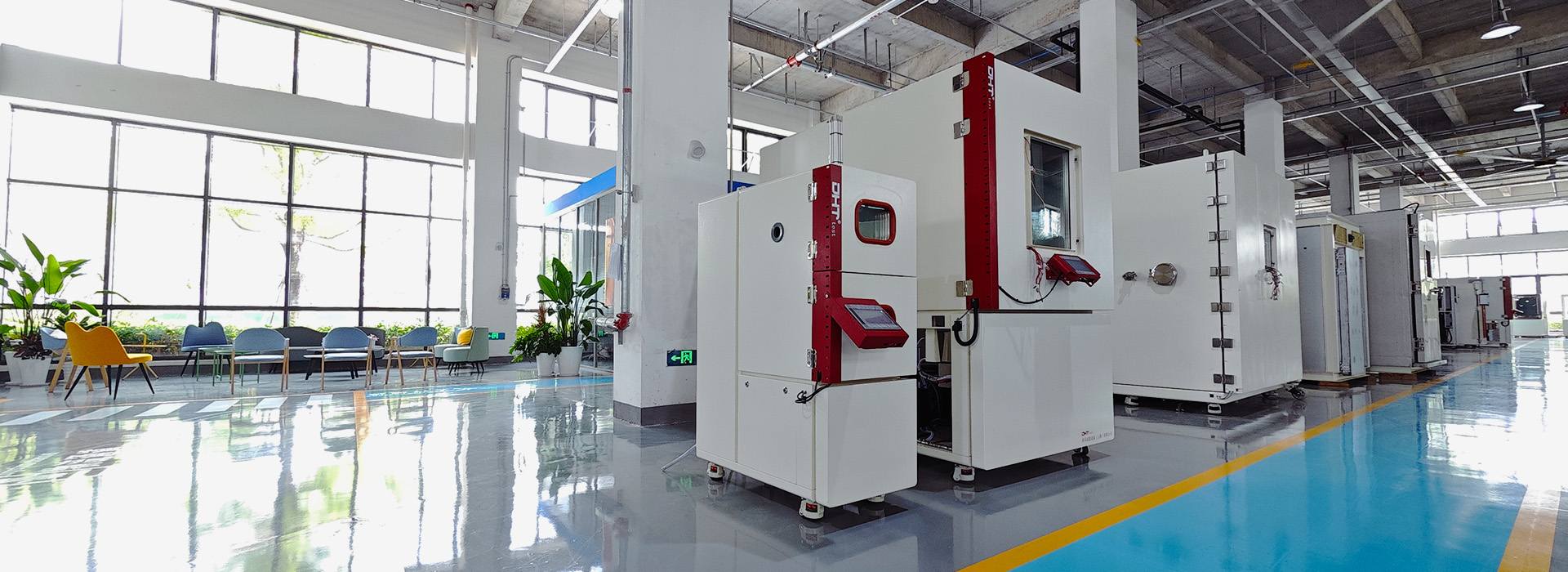Core Functions: Simulating Harsh Environments to Predict Product Failures
● Extreme Temperature and Humidity Simulation
● Air Pressure and Multi-Stress Testing
● Rapid Thermal Shock Capability
| Type | Temperature Range | Core Function | Typical Application Scenarios |
| Basket-Type Thermal Shock Chamber | -65℃ ~ +200℃ | Temperature transition within 15 seconds | Chip packaging and BGA solder joint reliability |
| Low Pressure Test Chamber | -70℃ ~ +150℃ | Vacuum environment simulation (<1 kPa) | Avionics and lithium batteries for high-altitude applications |
| Constant Temperature and Humidity Chamber | -40℃ ~ +150℃ | Humidity control (10% to 95% RH) | Aging of automotive interiors and sealing of food packaging |
Application Scenarios: Full-Cycle Reliability from Chips to Spacecraft
● Electronics & Electrical Appliances: From Component Screening to Device Testing
-
Chips & Components: Over 1,000 cycles of -55°C to 125°C thermal cycling help identify components with parameter drift, preventing early failures.
-
Consumer Electronics: Smartphones undergo 85°C/85%RH high-temperature humidity tests to prevent short circuits during tropical seasons. 5G base stations are tested under low pressure to ensure high-altitude performance.
● New Energy Vehicles: Ensuring Safety of the Electric Powertrain
-
Battery Packs: Tested under cycles from -40°C startup to +60°C operation to validate the battery th
-
ermal management system’s safety.
-
ECUs (Electronic Control Units): Exposed to temperature shocks to detect solder fatigue and prevent BGA detachment under vibration.
● Aerospace & Defense: Zero Tolerance for Environmental Failures
-
Avionic Equipment: Must withstand instant switches between -50°C at 10,000 meters altitude and +70°C ground heat to prevent seal failures.
-
Satellite Materials: Simulated near-vacuum and radiation environments ensure reliability of solar panel deployment in orbit.
Technological Core: Four Systems Working in Harmony for Precision Control
-
Refrigeration System: Cascade compressors enable deep cooling to -80°C.
-
Heating System: Nickel-chromium alloy heaters ensure uniform temperatures up to +200°C.
-
Control System: PID algorithms combined with PT100 sensors maintain temperature fluctuations within ±0.5°C.
-
Safety Protection: Independent overheat fuses (e.g., ESPEC MC-811 series) prevent sample damage due to overheating.
Industry Trends: Smart and Sustainable Upgrades
● Smart Integration
● Miniaturization & Customization
● Energy Efficiency Innovations
Future Outlook: From Environmental Simulation to Digital Twin Platforms
-
Virtual Testing: Digital twin technology enables simulation of failure modes before physical tests, cutting R&D time by 50%.
-
Multi-Stress Coupling: Synchronizing temperature, humidity, vibration, and light exposure creates highly realistic conditions for rocket launches, subsea equipment, and more.
Conclusion: Environmental Test Chambers Are Guardians of Product Reliability
FAQ
What is an environmental chamber and what does it do?
An environmental chamber is a precision testing device that simulates various environmental conditions—such as temperature, humidity, pressure, and vibration—to evaluate product reliability, durability, and safety. It is widely used in industries like aerospace, automotive, electronics, and medical devices.
Why are environmental test chambers essential in product development?
These chambers help manufacturers predict how products will perform under extreme or long-term environmental stress, allowing for early-stage defect detection, compliance testing, and accelerated aging simulations. They are critical for reducing time-to-market and ensuring product stability.
What industries benefit the most from environmental chambers?
Key industries include aerospace (for avionics and satellites), automotive (for batteries and ECUs), semiconductors (for component screening), and consumer electronics (for smartphones and wearables). These chambers are also increasingly used in medical device testing and renewable energy sectors.


